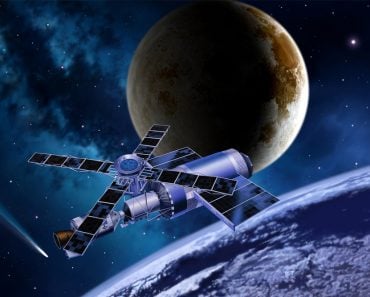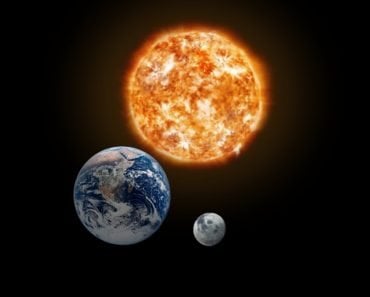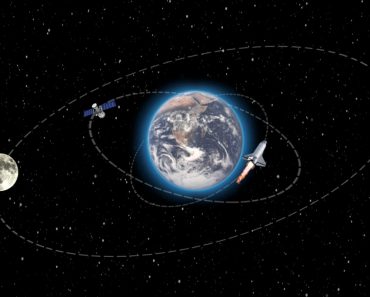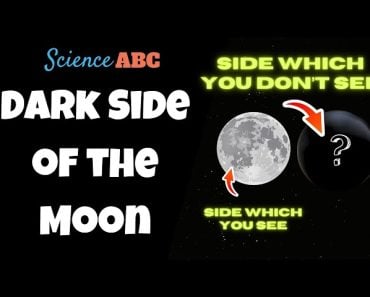Table of Contents (click to expand)
Escape Velocity is the minimum velocity an object must have to escape a celestial body’s gravitational field permanently, or without ever falling back again.
Contrary to popular wisdom, the moon does have an atmosphere, which is technically called an exosphere. It is so incredibly thin and sparse that its particles seldom collide. The reason why it’s so thin is that, unlike Earth, the moon’s gravitational pull is so incredibly weak, that it cannot hold onto the gases that hover above it or exude from its craggy interior.

The majority of the gas particles the lunar rocks release dart upwards at a velocity that is greater than the moon’s escape velocity – the minimum velocity an object must have to escape a celestial body’s gravitational field permanently, or without ever falling back again.
Recommended Video for you:
Escape Velocity
Now, because the gravitational strength of a body is a function of its mass, it is obvious that massive celestial bodies are much harder to escape. Naturally, the Earth’s escape velocity is much greater than the moon’s, but much less than that of Jupiter, which boasts the highest escape velocity among all the planets, due to its massive size.
One consequence of the velocity’s dependence on mass is the paradoxical problem we face while sending a probe to planets more massive than Earth. The probe must carry a huge surplus of fuel because the amount of fuel it must combust to take off and escape that newly explored planet is drastically greater than the amount it combusted to take off and escape Earth. However, when it totes this extra fuel along on the trip, it becomes heavier and therefore more difficult to accelerate to Earth’s escape velocity.

Escape Velocity Equation
An object can escape a celestial body of mass M only when its kinetic energy is equal to its gravitational potential energy. The kinetic energy of an object of mass m traveling at a velocity v is given by ½mv². The gravitational potential energy of this object, by definition, is a function of its distance r from the center of the celestial body. This is given by GMm/r, where G is the Gravitational constant whose value is  . Equating the two, we get:
. Equating the two, we get:


One can substitute different values of M and r in this equation to determine the escape velocity of different celestial bodies. The dependence on r also implies that objects high above the body’s surface find it easier to escape than objects resting on it. This is obvious because the strength of a planet’s gravitational pull decreases as we move away from its surface.
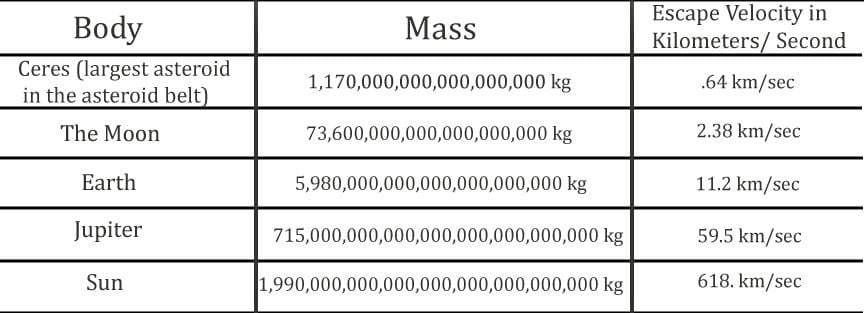
Lastly, one can infer from the equation that a planet’s escape velocity is independent of the object’s mass. This is counterintuitive, but whether it is a dinosaur or a turtle, it must travel at 11.2 km/s (neglecting air resistance) to escape Earth! Acceleration, however, is a function of mass, so even though the dinosaur escapes at the same velocity as the turtle, accelerating it to 11.2 km/s is much more difficult than accelerating the turtle to the same velocity.


